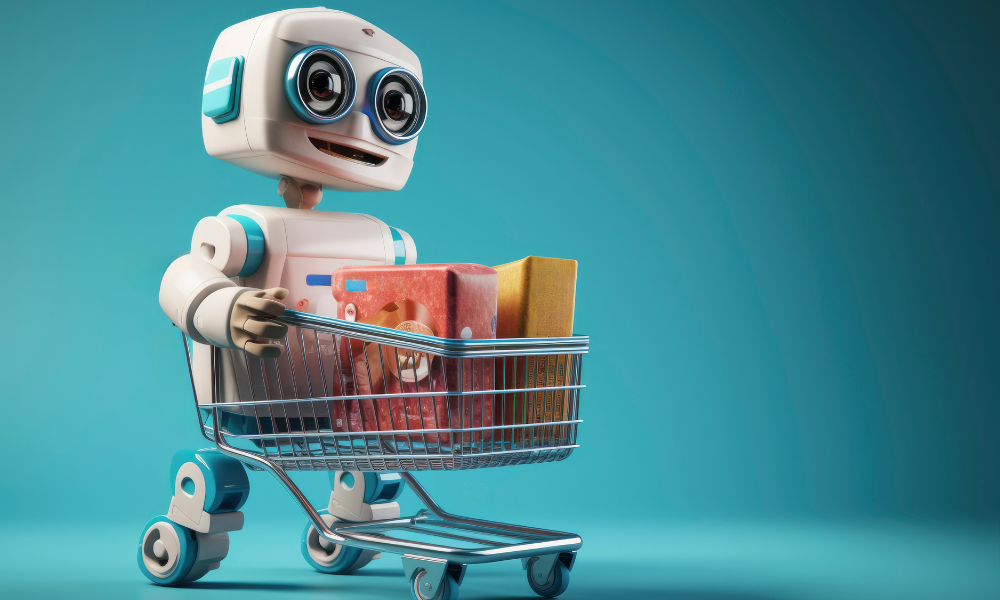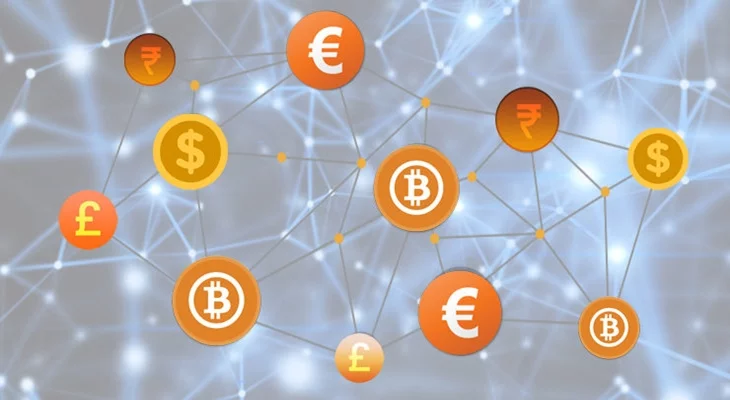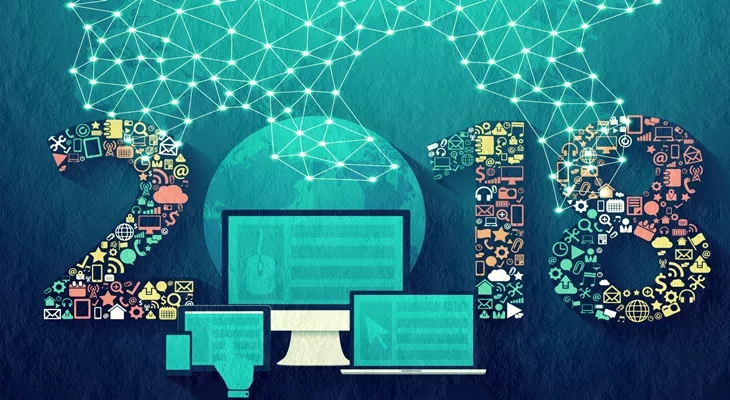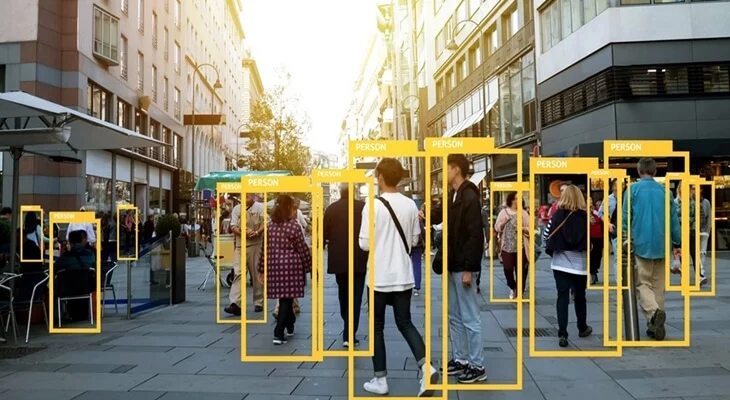There was a time when pricing a product was mostly guesswork. You’d look at your costs, tack on a margin, maybe peek at what a competitor was doing, and then hope it all worked out. That approach feels almost quaint now.
The reality is, shoppers today are sharper and faster than ever. They can compare your price with half a dozen competitors in the time it takes to open an app. Competitors themselves change their prices constantly. Stock levels rise and fall by the hour. In that kind of environment, the old “set it and forget it” model simply can’t keep up.
This is where AI-driven pricing solutions come in. Instead of relying on gut feelings or periodic reviews, algorithms crunch mountains of data in real time—things like customer behavior, market demand, and even the weather—to recommend smarter prices.
From Static Prices to Something More Fluid
If you’re still managing prices manually, you’re already behind. AI doesn’t get tired, it doesn’t forget to check competitor websites, and it doesn’t need weeks of reports to react. It can spot a sudden surge in demand or a dip in inventory and adjust instantly.
Some of the ways it works are pretty straightforward:
- It can see demand spikes before they overwhelm supply.
- It balances margins with what customers are likely to accept.
- It notices when competitors change prices and helps you react.
- It prevents over-discounting, so you’re not just slashing prices unnecessarily.
Restaurants, brick-and-mortar shops, service businesses—anyone selling products or services can plug into these tools.
How It Fits into the Rest of the Business
AI pricing doesn’t run in isolation. It works best when tied into the systems you already use:
- Electronic shelf labels. Those digital price tags you’ve probably seen in supermarkets can change automatically when the algorithm says it’s time. No more scrambling to swap paper tags during a sale.
- Inventory systems. Got products collecting dust? AI can nudge you to discount them. On the flip side, if something’s flying off the shelves, it may suggest a price bump to protect margin.
- Competitor monitoring. Instead of spending hours checking other sites, AI can scrape competitor data in the background and adjust your numbers accordingly.
- Promotions. Not only does it tell you when to run a discount, it can help you figure out how deep the cut should be, and for how long, while showing you the likely outcome beforehand.
- Customer behavior. If someone keeps coming back to look at an item but hasn’t purchased, the system might push out a small discount to tip them over the edge.
What’s in It for Retailers?
The obvious draw is better profit margins. Many retailers report increases of 8–12% once they stop over-discounting and start pricing with precision. But there are other wins too:
- Prices that update when they need to, not once a month.
- Stock that moves more quickly, which frees up cash and space.
- Consistency across channels, so online and in-store aren’t out of sync.
- Less time spent wrestling with spreadsheets and more time thinking strategically.
- Customers who feel prices are fairer, which builds trust.
What Shoppers Think About It
From the buyer’s side, the experience is a mixed bag. On the plus side, they often get deals that reflect real demand. If there’s plenty of stock, they may see lower prices. If an item is scarce, the price nudges up, which can create urgency to buy sooner.
On the downside, fast-changing prices can feel unfair. Nobody likes paying more today for something that was cheaper yesterday. That’s why communication matters. If shoppers can see why prices have shifted—through shelf labels, app messages, or clear notes online—they tend to be more accepting. In fact, some even like the game of “catching” the price at the right time.
So, Why Choose AI Pricing Solutions?
AI is already shaping how retailers compete. The companies sticking with static pricing models are quietly handing ground to those who can adjust quickly and intelligently.
If you’re considering it, you don’t need to overhaul your entire business at once. Start with one product line, test it, and expand as you learn. The important thing is to begin. Because in retail today, the “right price at the right moment” is crucial, and it’s the outcome of smarter systems working behind the scenes.
Also Read: 5 Ways Artificial Intelligence Helps in Personalized Marketing





